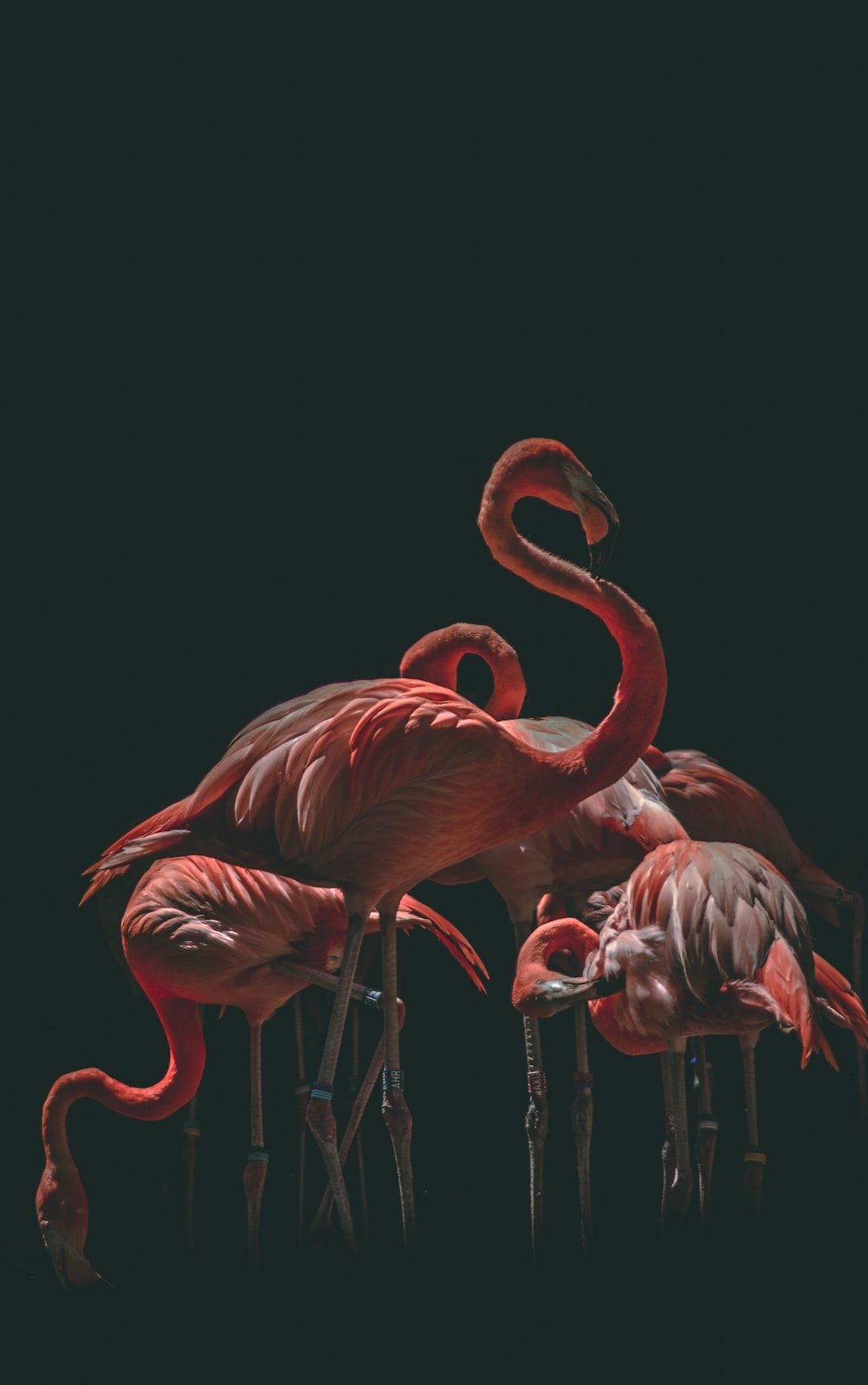The Marvels of Animal Camouflage: Nature’s Master Disguisers
Nature has an incredible way of surprising us with its breathtaking beauty and astonishing adaptations. One of the most remarkable examples of evolution’s wonders is animal camouflage. The ability of some species to blend seamlessly into their surroundings, disappearing from view in plain sight, is truly awe-inspiring. From chameleons to arctic foxes, nature has given these creatures a remarkable gift – the power of disguise.
Camouflage is a survival strategy that animals have developed to evade predators or become stealthy hunters. By blending into their environment, these expert disguisers gain a significant advantage. Let’s dive into the world of animal camouflage and explore the stunning ways in which these masterful creatures escape detection.
Starting with the chameleon, this reptile is probably the first creature that comes to mind when considering camouflage. Known for its ability to change color, the chameleon can match its skin tone to almost any background in an astonishing display. This adaptation allows the reptile to blend into its surroundings, making it nearly invisible to both prey and predators alike. The chameleon has specialized cells called chromatophores that contain pigments, giving them the ability to change color rapidly. Not only can they alter their skin tone to blend in, they can also display vibrant hues to communicate emotions or establish territories.
Another exceptional example of camouflage is the arctic fox, perfectly suited for its icy habitat. These creatures have thick, white fur during winter, which allows them to blend in seamlessly with the snow-covered landscape. Their fluffy tail doubles as a warm cover during the harsh winters as well as a natural camouflage aid when hunting. In summer, the arctic fox sheds its white fur and replaces it with a grayish-brown coat, adjusting to the changing environment once again.
The stick insect is a master of disguise, taking camouflage to the next level. Resembling twigs or branches, these insects blend seamlessly into their habitat, fooling predators into thinking they are harmless pieces of foliage. Some stick insects even have body parts that imitate leaves, complete with veins and green coloration. This astonishing mimicry allows them to avoid being eaten by visually hunting predators.
The leaf-tailed gecko is another striking example of an animal that has perfected the art of camouflage. This unique reptile possesses skin that closely resembles tree bark, complete with natural bumps and ridges. Combined with its elongated body shape and ability to stay incredibly still, the leaf-tailed gecko becomes virtually invisible to both predators and prey alike. Their camouflage is further enhanced by their ability to change color, adapting to different environments.
Deep-sea creatures have also developed incredible camouflage techniques due to the perpetually dark environment they inhabit. The anglerfish, for instance, has a bioluminescent lure on its head that attracts prey. It also possesses the ability to camouflage itself by adjusting the intensity of its bioluminescence, allowing it to blend into the surrounding darkness and surprise unsuspecting prey. Another incredible example is the aptly named mimic octopus, capable of changing its color and texture to mimic various objects like a coconut, a flatfish, or a sea snake. This remarkable creature displays true mastery over the art of disguise.
Nature has not only mastered the art of visual camouflage, but also sonic camouflage. Some animals have developed the incredible ability to mimic sounds, fooling both predators and prey. The superb lyrebird of Australia possesses the uncanny talent of mimicking car alarms, chainsaws, and camera shutters. Males use these abilities during courtship displays to impress potential mates, displaying their vocal prowess.
The world of animal camouflage is truly a testament to the wonders of nature’s adaptation. The remarkable ability of these master disguisers to blend seamlessly with their environment continues to astound biologists and nature enthusiasts alike. From the chameleon’s color-changing properties to the stick insect’s uncanny mimicry, these animals possess an incredible gift that keeps them hidden from view, ensuring their survival in the vast and diverse world around us. So, next time you venture into the wilderness, take a closer look at your surroundings – you might just witness the marvels of animal camouflage in action.


